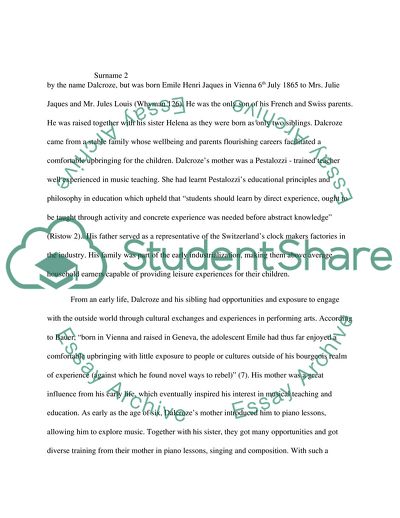Cite this document
(Emile Jacque Dalcroze and Eurythmics Essay Example | Topics and Well Written Essays - 2000 words, n.d.)
Emile Jacque Dalcroze and Eurythmics Essay Example | Topics and Well Written Essays - 2000 words. https://studentshare.org/music/1869387-emile-jacque-dalcroze-and-eurythmics
Emile Jacque Dalcroze and Eurythmics Essay Example | Topics and Well Written Essays - 2000 words. https://studentshare.org/music/1869387-emile-jacque-dalcroze-and-eurythmics
(Emile Jacque Dalcroze and Eurythmics Essay Example | Topics and Well Written Essays - 2000 Words)
Emile Jacque Dalcroze and Eurythmics Essay Example | Topics and Well Written Essays - 2000 Words. https://studentshare.org/music/1869387-emile-jacque-dalcroze-and-eurythmics.
Emile Jacque Dalcroze and Eurythmics Essay Example | Topics and Well Written Essays - 2000 Words. https://studentshare.org/music/1869387-emile-jacque-dalcroze-and-eurythmics.
“Emile Jacque Dalcroze and Eurythmics Essay Example | Topics and Well Written Essays - 2000 Words”. https://studentshare.org/music/1869387-emile-jacque-dalcroze-and-eurythmics.


